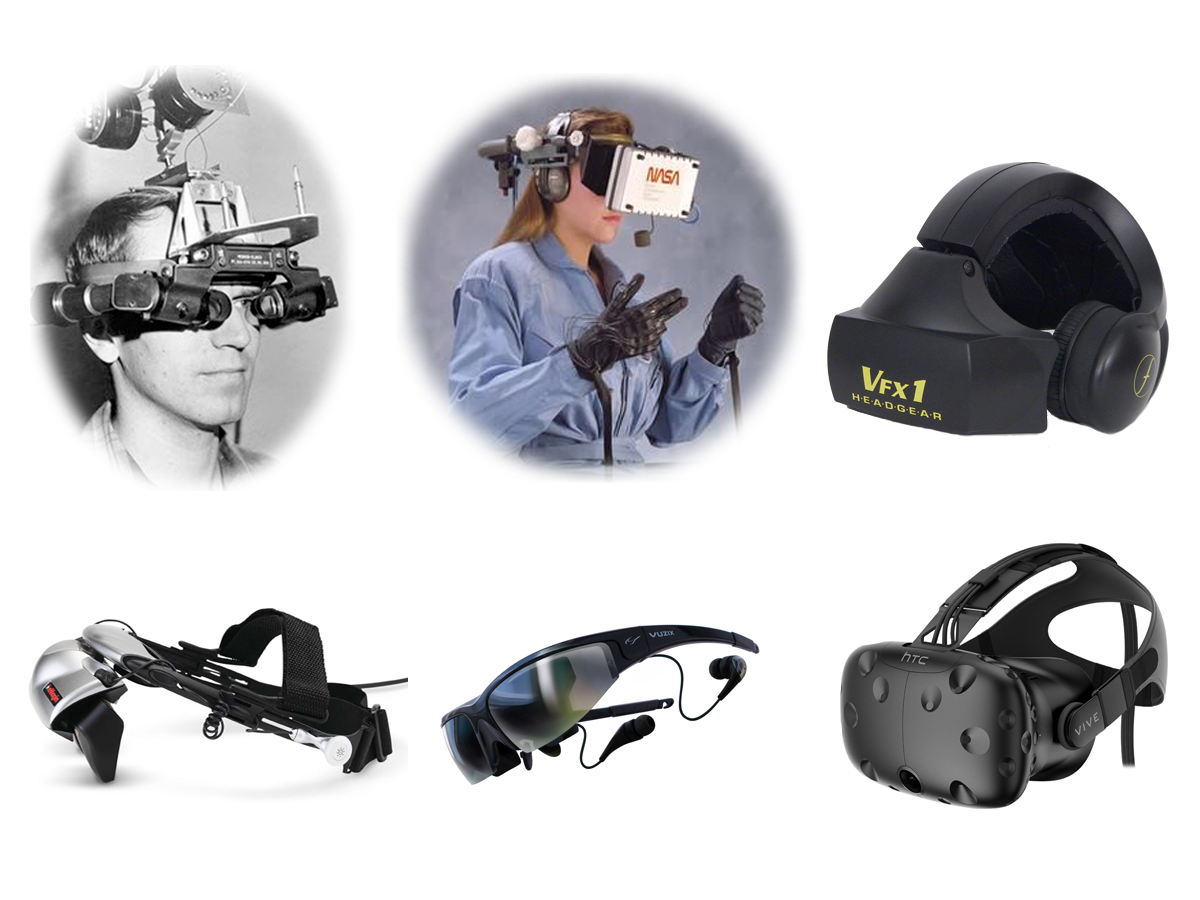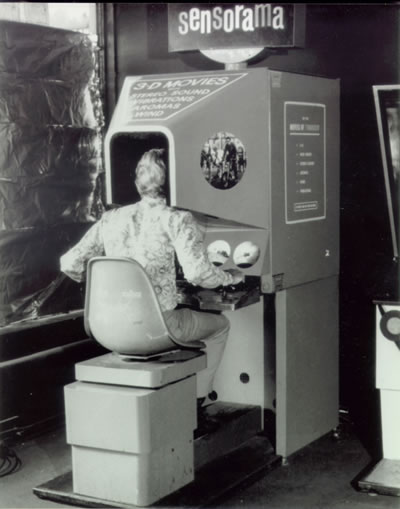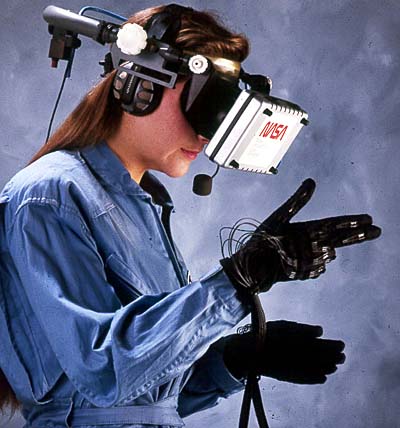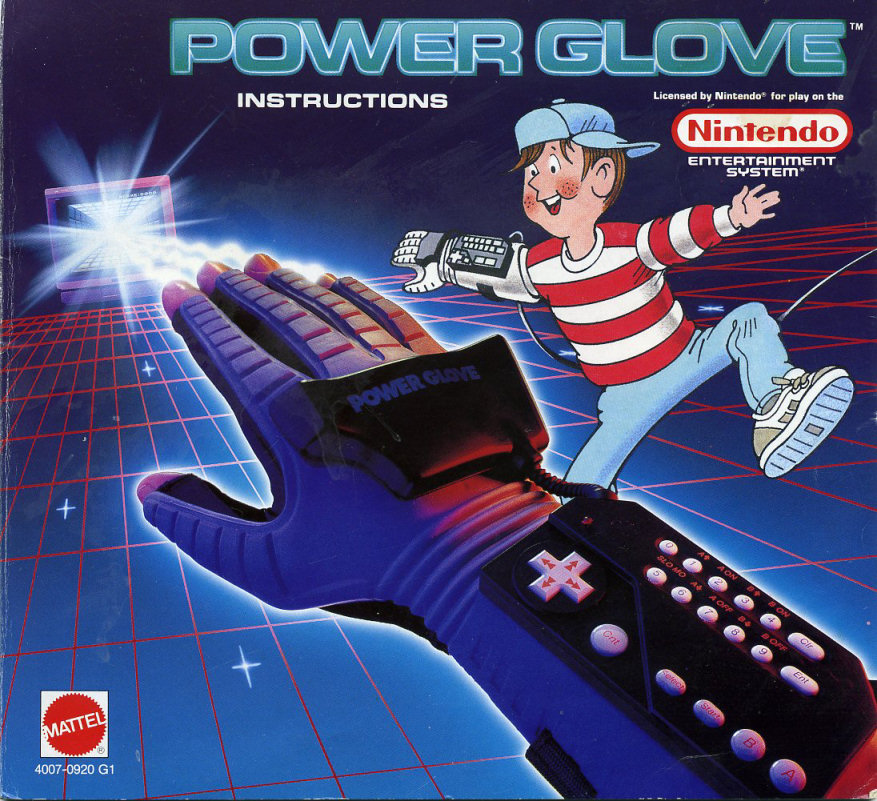The History Of Virtual Reality
The Dream Of Virtual Reality
As the number of companies working to develop the next generation of VR continues to grow, gamers and tech enthusiasts are primarily being split into two groups. One group eagerly and enthusiastically looks forward to the quickly approaching VR devices, while the other, more skeptical users merely shrug their shoulders.
This latter group may seem a tad pessimistic, but their outlook on VR typically stems from memories of the first generation of VR devices developed during the latter half of the 20th century. As the release of two major VR devices—the Oculus Rift and the HTC Vive—draws near, lets look back at the state of virtual reality over the years.
MORE: Virtual Reality BasicsMORE: Virtual Reality in the NewsMORE: All Virtual Reality Content
1955 - The Sensorama
It is hard to say when humanity first conceived the concept of being plugged into a virtual world, but one of the first practical attempts at simulating a virtual reality came from Morton Heilig. Heilig first explained his vision of an apparatus capable of stimulating multiple senses in 1955. After years of work, Heilig presented his prototype, the Sensorama, in 1962.
The Sensorama consisted of several mechanical parts. Users sat in a chair that moved along with the simulation, while a large stereoscopic screen and stereo speakers provided visual and audio stimuli. The system also took advantage of a wind tunnel to create air effects and a perfume diffuser. The Sensorama proved to be too far ahead of its time, however, and it failed to attract investors. It never moved past the prototype stage.
1960 - Heilig HMD Patent
The Sensorama wasn't the only VR device Heilig was working on in the 1950s, he also was designing a portable VR HMD. According to the specs, this device, which looks remarkably similar to modern day HMDs, would use lenses with 140 degree horizontal and vertical view angles. It also included stereo earphones, and an air discharge nozzle to emulate the feeling of wind against your face. Similar to the Sensorama, it also would be able to use a number of perfumes to simulate different environments. Heilig never built one of these HMDs, but he did receive a patent for it in 1960.
Information and image sourced from "The VR Book" by Jason Jerald.
Get Tom's Hardware's best news and in-depth reviews, straight to your inbox.
1961 - Philco Headsight
Perhaps inspired by Heilig and the Sensorama, two engineers working for the American company Philco invented what is considered to be both the first stereoscopic headset and the first Head Mounted Display (HMD), the Headsight. Designed for video surveillance, the Headsight displayed a live security feed from a camera installed nearby. It used a single light source and a magnetic tracking system to detect movement and send commands to turn the camera based on how the operator moved his head.
Technically, it was not a virtual reality device, as the images displayed were real, but it was a fundamental piece of technology on the road toward the development of VR devices.
1965 - The Sword Of Damocles
The first true virtual reality headset was invented by Ivan Sutherland between 1965 and 1968 at the University of Utah. The researcher described the underlining concepts in 1965 and completed the device in 1968.
The unit used two cathode ray tubes (one for each eye) and optical elements to project computer generated images into the operator's eyes. The selected optical elements allowed users to see 3D images superimposed over real life objects, making this more of an augmented reality headset, in truth. The initial prototype device was so overwhelmingly bulky and heavy that the researchers needed to mount it on an arm from the ceiling to use it. This version was nicknamed "The Sword Of Damocles."
The second model produced was a considerably lighter mobile device that used ultrasonic transmitters for motion tracking.
1982 - The Atari Research Lab
In 1982, Atari was at its peak, and the company founded a laboratory devoted to researching VR technologies. The laboratory would springboard the careers of several early VR pioneers including Jaron Lanier and Thomas Zimmerman. In 1982, Zimmerman invented the DataGlove, which used optical fibers to convert hand movements into electrical signals.
Not long after the lab was founded, the video game market crashed and Atari was forced to close it down. In order to continue their work, Lanier and Zimmerman founded a new company, VPL Research, in 1984. The company's first product was the DataGlove, followed by the EyePhone.
1982 - The Super Cockpit
The video game industry wasn't the only one interested in VR. In the 1970s, Thomas Furness was experimenting with the idea of creating a computer simulated cockpit for the U.S. Air Force to train fighter pilots. The work came to fruition in 1982 with the development of the Super Cockpit or VCASS (Visually Coupled Airborne Systems Simulator). It was also referred to as "Darth Vader" because of how similar the mask used in the device was to the one worn by the famous Sith Lord.
1985 - NASA VIEW
NASA was interested in virtual reality, too. In 1985, NASA created its VIEW (Virtual Interface Environment Workstation). The VIEW system used a stereoscopic virtual reality helmet. The optics used in the system were provided by LEEP Optics, which later marketed its own VR headset, which was known as Cyberface. Using two 2.7-inch diagonally mounted displays, these devices had a viewing angle of 120 degrees. The user interface was supplemented by a voice recognition system and the use of DataGloves provided by VPL Research.
1987 - Star Trek Holodeck
As research labs continued to turn out new VR related devices, the idea of virtual reality made its way to a wider audience. In 1987, two events contributed to the popularization of VR: Jaron Lanier created the term "virtual reality," and Star Trek The Next Generation gave birth to the holodeck. The holodeck in Star Trek gave the world a visual idea of just what VR could be.
1989 - Nintendo Power Glove
1989 marks the debut of VR devices to the general public. Nintendo launched its Power Glove, an electronic glove developed with help from Tom Zimmerman and Jaron Lanier, the inventors of the DataGlove. The technology used in the Power Glove is similar to the DataGlove, but where the latter could recognize 256 positions for each finger, the former could only do four. It could detect yaw and roll hand motions, but not the pitch. Few games on the NES took advantage of the Power Glove, and it often had performance issues, ultimately resulting in failure.
1991 - Virtuality 1000CS
In 1991, the Virtuality 1000CS, likely the most influential VR device of the 1990s, hit the arcades. This was a considerable leap in consumer level VR content. It used an HMD to display video and play audio, while users moved and used a 3D joystick to interact with the VR world. The system used an Amiga 3000 computer to handle most of the game processing. The 1000CS ultimately fizzled because of the extreme cost of the machine: $60,000.
-
Nuckles_56 Thanks for such an informative read, I never realized that the history of VR went so far back and that there were so many units in the 1990's as wellReply -
Virtual reality has no future just like no one cares about 3D TV. Sounds cool but it is meh. Toms hardware should move on and talk about something else.Reply
-
deathcall666 Youre wrong freak777power , 3D tv fails because television itselft is a dying industry. Older men uses tv more frequently the teenagers and they cant make the diference between a 3D or old tube TV anyways.Reply
Pc gaming is however not dying , and VR is just begining a new era. -
stackedoverpass @deathcall666 No its not like it. 2D sales in the cinema dwarf 3D gimmick tickets. The same analogy can be applied on VR. When 3D TVs came out, TV were booming and big and next frontier seemed to be 3D. VR going to be flop like LCD watchesReply -
cats_Paw VR is still in its infant stages.Reply
For VR to be FULLY inmersive we need:
1. eye tracking for realistic viewing angles
2. high fidelity panels (LED and OLED are not yet).
3. A way to be able to "move" in the environment (some projects are out there, not done yet).
4. Kinetic gloves that will allow us to "feel" something we touch/pick up in a game.
5. Accurate positinal audio.
6. near 0 latency.
So, its looking good? yes Its going forward? Yes.
Are we there yet?
Not even close. -
hdmark I think it really depends on how you view VR. If you look at it for purely gaming... I don't see it being big just yet. another few years when its cheaper maybe, but not yet.Reply
But where most people are wrong when they compare VR to 3D TV's is that VR has a HUGE application base outside of gaming. Industries around the world are already using VR and the more developed VR and AR get, the more applications it will be used for.
The two major examples I keep thinking of in my head are in the medical and construction fields. Im 99% sure they are already using VR hooked up with robotics to do some surgeries. and in the construction field... well imagine workers wearing hardhats with VR . Not only would it be able to alert them quicker of dangers, they would also have readouts of what they are working on. They don't need to go check blueprints anymore and diagrams, if they have a 3D model in front of them where everything should go -
IInuyasha74 Reply17709783 said:VR is still in its infant stages.
For VR to be FULLY inmersive we need:
1. eye tracking for realistic viewing angles
2. high fidelity panels (LED and OLED are not yet).
3. A way to be able to "move" in the environment (some projects are out there, not done yet).
4. Kinetic gloves that will allow us to "feel" something we touch/pick up in a game.
5. Accurate positinal audio.
6. near 0 latency.
So, its looking good? yes Its going forward? Yes.
Are we there yet?
Not even close.
Actually in one form or another we have all of that except the kinetic gloves. What really needs to happen is it all needs compacted down into one device. That is starting to happen, but still a little ways off. -
TX_Tech A local arcade had the Virtuality 1000CS back in the 90s, I remember playing it a few times, but it was expensive per game, so not as much as I wanted.Reply
It wasn't perfect, but it was better than much of what came next. -
TX_Tech ReplyThanks for such an informative read, I never realized that the history of VR went so far back and that there were so many units in the 1990's as well
I'm 40, so I remember many of these devices. The younger 20 year olds today often think this is all new, but it really isn't. The devices have better resolution and wireless is a thing now, but the old problems still exist.
The real dream is the Holodeck, I remember 1987 and watching ST:TNG in first run and being wowed by that, thinking "my lord, that would be amazing, I want it!", but as time has marched on, I've come to accept that it won't happen in my lifetime.
VR is a nice idea, but I think execution is going to be the problem. Because everyone has a monitor and most people don't have VR, it won't get the type of broad support it needs to become something. And frankly, I don't think most people WANT to put a big device on their heads.










